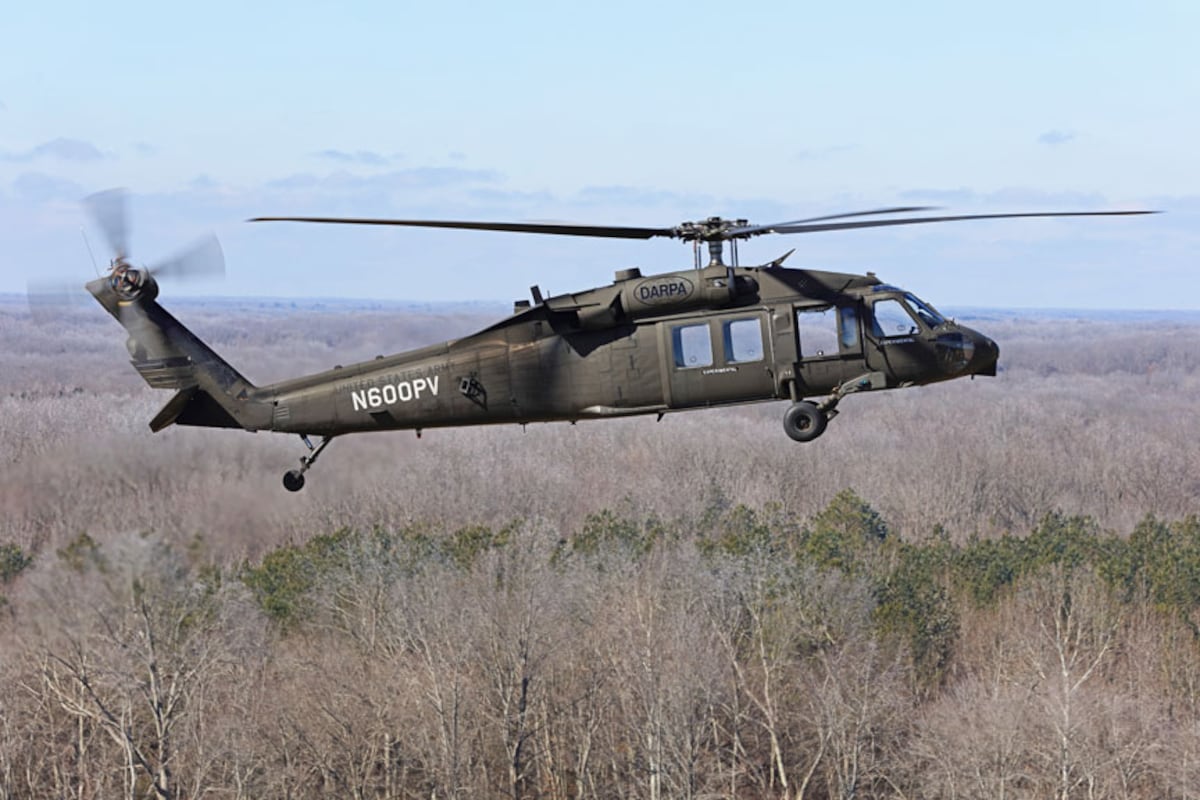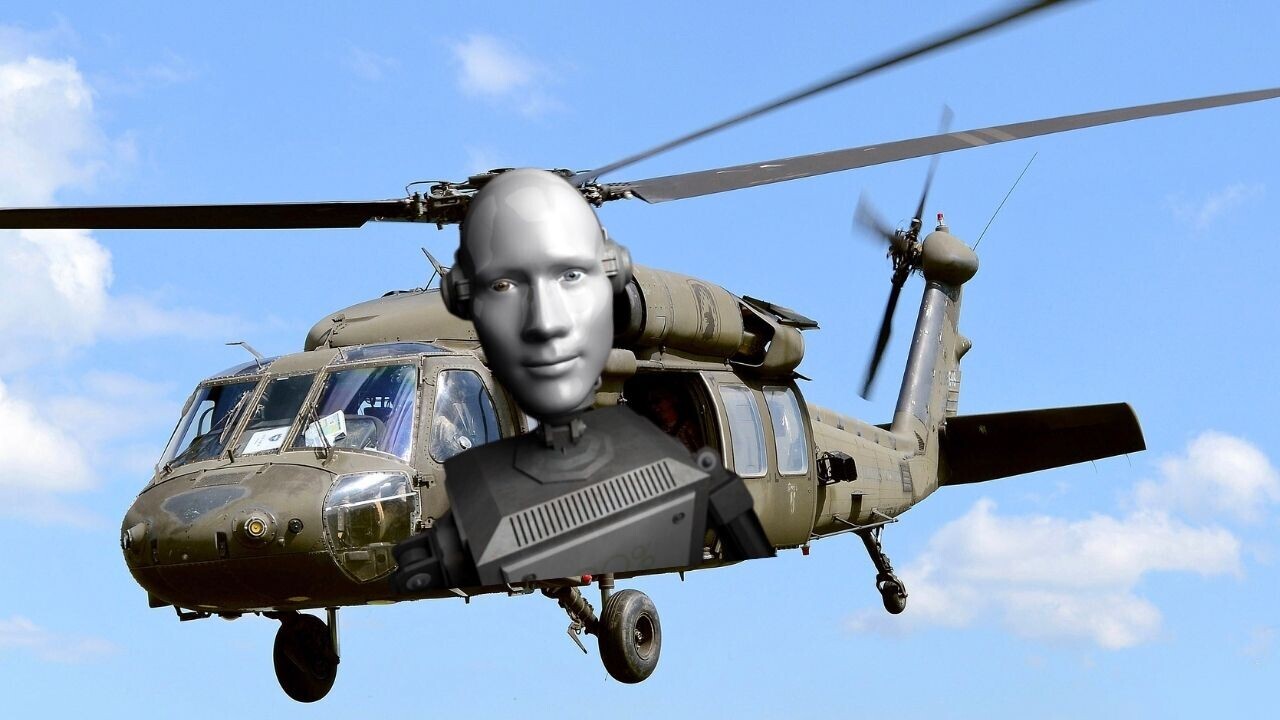Find out about the Piloting and Training Needed for Operating a Blackhawk Helicopter
Find out about the Piloting and Training Needed for Operating a Blackhawk Helicopter
Blog Article
Discovering the Thrills and Innovations of the Blackhawk Helicopter
The Blackhawk helicopter stands as a testimony to armed forces aviation's development, merging technical innovations with useful applications. What exists ahead for this renowned aircraft, and exactly how will emerging modern technologies shape its future in armed forces procedures?
History of the Blackhawk Helicopter
Since its inception in the 1960s, the Blackhawk helicopter has played a critical function in contemporary army aviation. Established by Sikorsky Airplane, the UH-60 Blackhawk was developed to satisfy the U.S. Military's demand for a functional energy helicopter efficient in executing a variety of goals, consisting of troop transport, medical emptying, and freight airlift. The layout was a reaction to the restrictions of earlier helicopters, especially in terms of speed, maneuverability, and survivability.
The Blackhawk made its initial flight in 1974 and quickly entered solution in 1979. Its introduction marked a considerable advancement in helicopter technology, featuring a two-rotor system that improved performance and stability. The aircraft's rugged construction and advanced avionics allowed it to operate efficiently in diverse environments and conditions.
Throughout the years, the Blackhawk has been continually updated, including lessons discovered from various fight circumstances. Its deployment in disputes such as the Gulf War, Somalia, and the War on Terror additional strengthened its online reputation as an essential property. The Blackhawk's legacy is characterized by its versatility and resilience, making it a cornerstone of army aeronautics for decades.
Trick Features and Requirements
The Blackhawk helicopter is identified by its robust style and progressed technical functions, which jointly improve its operational capabilities. Created primarily for energy objectives, the Blackhawk flaunts a maximum launch weight of roughly 22,000 extra pounds, enabling it to bring substantial payloads while maintaining dexterity.
Outfitted with two General Electric T700-GE-701C engines, the Blackhawk achieves an optimal speed of around 183 knots and a series of 368 maritime miles - Blackhawk Helicopter. Its advanced blades system includes a four-blade main blades and a four-blade tail blades, making sure stability and maneuverability in numerous flying conditions
The helicopter's cabin can suit up to 11 soldiers or various cargo configurations, showcasing flexibility in mission accounts. Additionally, the Blackhawk is designed with innovative avionics, consisting of electronic trip controls and a detailed cockpit display, enhancing pilot situational recognition.
For boosted survivability, the Blackhawk integrates ballistic shield and self-sealing gas containers. Its ability to operate in diverse atmospheres, from deserts to icy surfaces, even more strengthens its credibility as a reliable platform for altruistic and army operations alike. The Blackhawk's mix of durability, flexibility, and power makes it a foundation of contemporary airborne capacities.
Improvements in Technology
Innovations in technology have significantly boosted the capacities of the Blackhawk helicopter, guaranteeing it remains at the forefront of armed forces air travel. One of one of the most significant advancements is the assimilation of innovative avionics systems, which offer enhanced situational awareness with real-time data handling and display screen. This technology enables pilots to browse complicated settings better, enhancing objective success prices.

Furthermore, the intro of digital fly-by-wire systems has actually transformed the control devices of the Blackhawk, providing smoother handling and boosted responsiveness. These systems help with advanced maneuverability, essential in high-stakes scenarios. Improvements in communication and networking innovations enable seamless control amongst devices, boosting general operational effectiveness. Jointly, these technical advancements make sure that the Blackhawk helicopter continues to be an essential possession in modern-day military operations.
Roles in Armed Force Operations
With sophisticated innovation improving its capacities, the Blackhawk helicopter plays a complex function in armed forces procedures. Mostly, it is utilized for troop transportation, allowing quick deployment and extraction of workers in numerous combat situations. Its roomy cabin can accommodate up to 11 troops, making it a vital property for large-scale missions and special procedures.
Additionally, the Blackhawk offers as a medevac system, equipped to move damaged soldiers promptly and effectively from the battleground to clinical centers - Blackhawk Helicopter. Its versatility includes logistical assistance, where it brings products and tools crucial for sustaining army operations in remote areas

The helicopter is additionally critical in reconnaissance missions, offering airborne surveillance and intelligence-gathering abilities. additional reading Its capacity to operate in diverse environments-- varying from metropolitan setups to severe surfaces-- additional solidifies its relevance on the battlefield.
Furthermore, the Blackhawk can be outfitted with advanced weapons, allowing it to engage in battle and supply close air support. This adaptability highlights the helicopter's important duty in modern army methods, making it a crucial part of militaries worldwide.
Future Developments and Innovations
Developments in modern technology pledge to usher in a brand-new age for the Blackhawk helicopter, improving its capabilities and operational effectiveness. As the armed forces landscape develops, so too does the emphasis on incorporating cutting-edge modern technologies into rotary-wing Discover More Here aircraft. Future advancements for the Blackhawk may include enhancements in avionics, such as sophisticated flight control systems and improved situational awareness devices powered by expert system. These advancements will certainly help with a lot more precise navigation and decision-making in complex environments.
Furthermore, the assimilation of unmanned systems is on the perspective, potentially permitting for manned-unmanned teaming operations that can expand mission profiles and reduce risk to workers. The Blackhawk's design is additionally anticipated to integrate lighter and stronger products, boosting fuel effectiveness and general efficiency.

Final Thought
In verdict, the Blackhawk helicopter stands for a considerable accomplishment in army aeronautics, defined by its versatility and advanced technical functions. Its historical advancement mirrors a continuous feedback to functional demands, improving abilities in various roles such as army transport and medevac procedures. Recurring developments, including the assimilation of fabricated knowledge and hybrid-electric propulsion, promise to further enhance the Blackhawk's efficiency and relevance in future armed forces engagements, ensuring its status as an essential property on the field of battle.

With advanced technology enhancing its capacities, the Blackhawk helicopter plays a complex duty in armed forces operations. (Blackhawk Helicopter)
Report this page